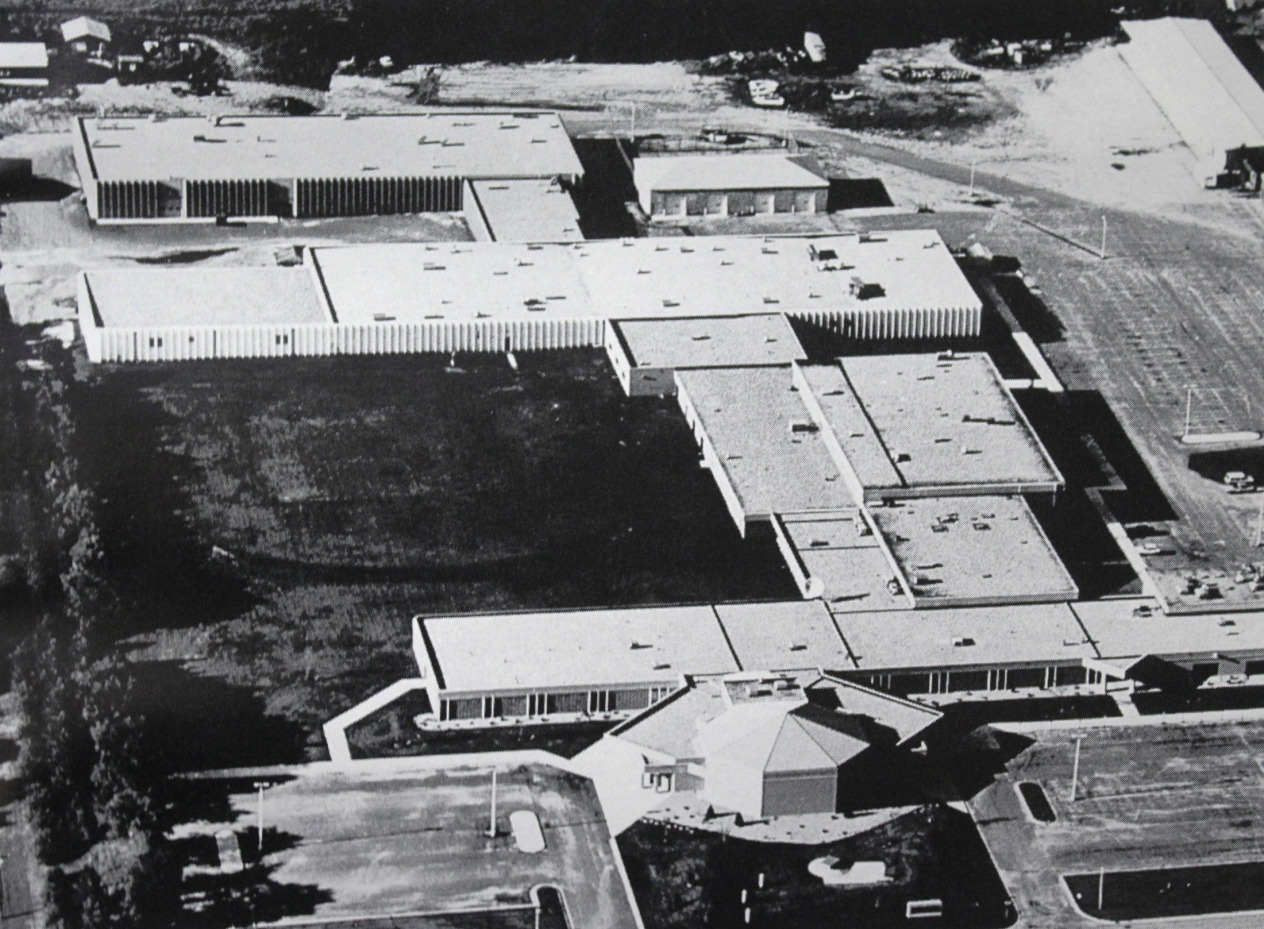Title
LSR1260 - Radiographic Procedures II
API ID
Credits
4 (2/2/0)
Description
This course provides the information students need to perform radiographic/imaging procedures related to the pelvic girdle, bony thorax, spine and skull. General medical and radiographic terminology, anatomy, routine positions and projections will be the focus of the class. Radiographic equipment and accessory manipulation, selection of technical factors, correct body mechanics, and patient care skills and monitoring techniques will be practiced in the lab.
Competencies
- Use medical and radiographic terminology in the correct context.
- Perform radiographic procedures and demonstrate use of immobilization devices and positioning aids in the lab setting.
- Manipulate radiographic equipment and accessories while using proper body mechanics during simulated radiographic exams in the lab setting.
- Apply radiation protection principles.
- Recognize technical factor differences due to body habitus, trauma, pathology and other circumstances beyond the control of the radiographer.
- Communicate patient positioning instructions and demonstrate patient preparation procedures while simulating radiographic exams in the lab setting.
- Simulate patient care, monitoring and transfer techniques in the lab setting.
- Know the positions and projections needed for routine radiographic exams related to the spine and skull (including paranasal sinuses and facial bones).
- Critique positioning and projections for accuracy of technical factors (e.g., central ray (CR) location and angle, source-to-image distance (SID), anatomical part angle, etc.).
- Demonstrate patient interview techniques and instruct the patient in exam requirements (e.g., breathing, part position, etc.) while simulating radiographic exams in the lab setting.
- Correlate anatomical structures with topographic landmarks and demonstrate use of these landmarks during positioning procedures.
- Critique images for positioning, centering, anatomy and overall image quality, and identify corrective actions needed to improve suboptimal image quality.
Degrees that use this course
Degrees that use this course
Degree:
Diploma
Location:
Detroit Lakes Campus
Credits:
46
